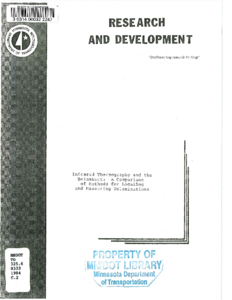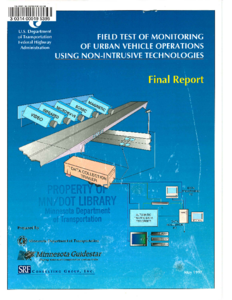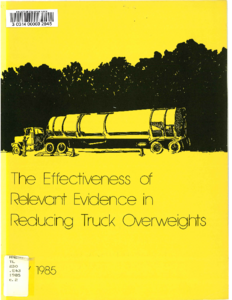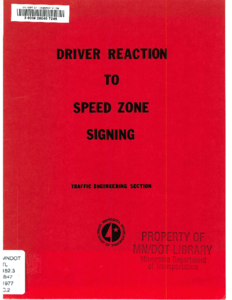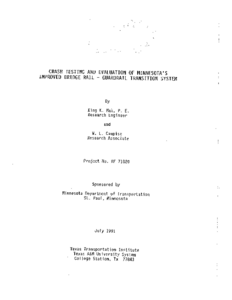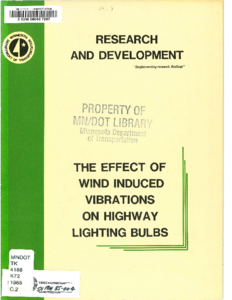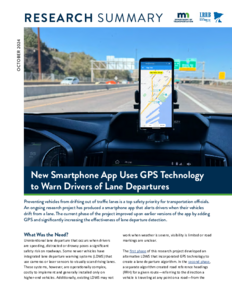Field Test of Monitoring of Urban Vehicle Operations Using Non-intrusive Technologies
Date Created
1997-05
Description
Effectiveness of Relevant Evidence in Reducing Truck Overweights
Date Created
1985-07
Description
The Effect of Wind Induced Vibrations on Highway Lighting Bulbs
Date Created
1985-07
Report Number
85-04
Description

